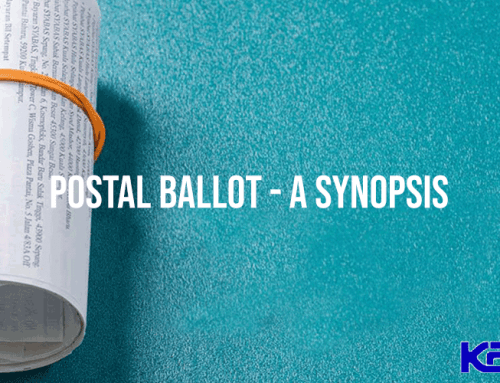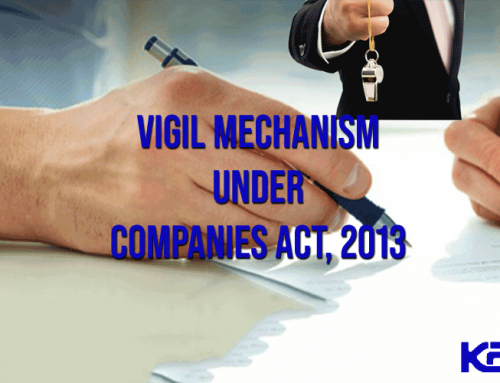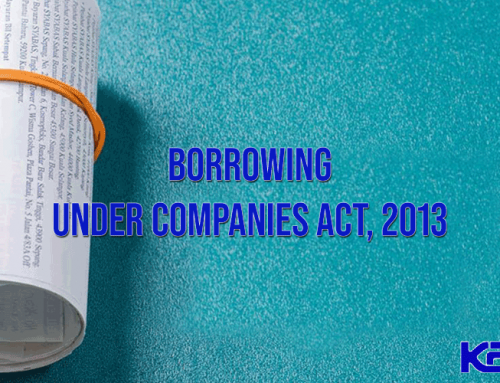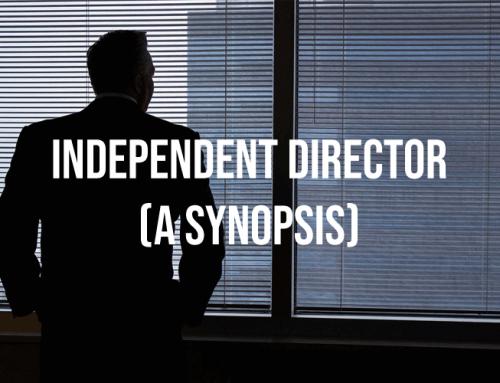Buy back is a mechanism that enables a Company to buy back its shares from the existing shareholders. Sections 68, 69 & 70 of the Companies Act, 2013 read with Companies (Share Capital and Debenture) Rules, 2014 regulate the manner in which the Company can buy back its shares. These are briefly analysed as below:
- SOURCES OF FUNDS FOR BUY-BACK:
A Company may buy-back its own shares or other specified securities (which includes employees’ stock options or other securities as may be notified by the Central Government) out of the following sources:
- Its free reserves (including Securities Premium Account.);
- the securities premium Account; or
- the proceeds of the issue of any shares or other specified securities.
It is important to note that the buy-back of any kind of shares or other specified securities cannot be made out of the proceeds of an earlier issue of the same kind of shares or same kind of other specified securities. Further, buy-back cannot be made out of the funds borrowed from Banks or Financial Institutions.
- CONDITIONS REGULATING THE BUY-BACK:
A Company has to fulfil following conditions while doing the buy-back:
- The buy-back must be authorised by the Company’s Articles.
- Only fully paid up shares can be brought back.
- The Audited Accounts on the basis of which calculation with reference to buy-back is done should not be more than six months old from the date of offer document. However, where the Audited Accounts are more than six months old, the buy-back is to be done on the basis of un-audited accounts not older than six months from the date of offer document which are subjected to limited review by the Auditors of the Company.
- A Special Resolution is to be passed at a General Meeting of the Company if buy-back is up to 25% of the aggregate of paid up capital and free reserve of the Company. However, a Board resolution is enough to be passed at the meeting of Board of Directors if the buy-back is up to 10% of aggregate of the total paid up equity capital and free reserve of the Company.
- The maximum number of equity shares that can be bought-back in a financial year can not exceed 25% of total paid up equity capital of the Company.
- After the proposed buy-back, debt-equity ratio of the Company should not be more than 2:1.
- In case of a listed Company, the buy-back of shares or other specified securities shall be in accordance with the SEBI Regulations.
- There should be a gap of atleast one year between two buy-backs.
- The Company can not issue any new shares including by way of bonus shares from the date of passing of special resolution authorizing the buy-back till the date of the closure of the offer except those arising out of any outstanding convertible instruments.
- After completion of a buy-back, a Company is not allowed to make a further issue of same kind of shares or other specified securities including allotment of new shares under rights issue within a period of 6 months (except for certain exceptions).
- PROHIBITION FOR BUY-BACK IN CERTAIN CIRCUMSTANCES:
A Company cannot directly or indirectly purchases its own shares or other specified securities:
- Through any subsidiary Company including its own subsidiary companies;
- Through any investment Company or group of investment companies; or
- If a default is made by the Company in the repayment of deposits, interest payment thereon, redemption of debenture or preference shares or payment of dividend to any shareholder, or re-payment of any term loan or interest payable thereon to any financial institution or banking company. However, this restriction shall not apply if the default is remedied and a period of 3 years has lapsed after such default ceased to subsist.
- If the Company has not complied with the provision of section 92 (Annual Return), 123 (Declaration of Dividend), 127 (Punishment for failure to distribute Dividends) and Section 129 (Financial Statement).
- MODES OF BUY-BACK:
The shares or other specified can be bought-back
- from the existing shareholders or security holder on a proportionate basis;
- from the open market;
- by purchasing the securities issued to employees of the Company pursuant to a scheme of stock option or sweat equity.
- IMPORTANT PRECEDURAL COMPLIANCES TO BE DONE BY THE COMPANY:
- A Company has to file a letter of offer in e-Form SH-8 and a declaration of solvency in e-Form SH-9, signed by at least two Directors of the Company, one of whom shall be Managing Director (MD), if any and verified by an affidavit in a specified form. In case of a listed Company, declaration of solvency shall also be filed with Security and Exchange Board of India (SEBI).
- The letter of offer in e-Form SH-8 shall be dispatched to the shareholders or securities holders within 20 days of filling of above said forms with the ROC.
- The offer period for buy-back should remain open for a period of atleast 15 days and upto a maximum of 30 days from the date of dispatch of letter of offer. However, where all members of a Company agree, the offer for buy-back may remain open for a period of less than 15 days.
- If number of shares or other specified securities tendered by the shareholders or security holders is more than the total number of shares or securities to be bought back by the Company, the acceptance per shareholder shall be on proportionate basis out of the total shares offered for being bought back.
- The verifications of the offers received should be completed within 15 days from the date of closure of the offer and the shares lodged shall be deemed to be accepted unless a communication of rejection is made within 21 days from the closure of the offer.
- The Company shall after the date of closure of the offer open a separate bank account and deposit therein the total amount payable as consideration for the shares tendered for buy-back.
- The Company should make payment to the relevant shareholders or security holders whose securities have been accepted within 7 days of completion of verification of offer received. Further, the Company shall return the share certificates to the shareholders or security holders whose securities have not been accepted at all or the balance of securities in case of part acceptance.
- All the shares and securities so bought back shall be extinguished and physically destroyed by the Company within 7 days of the last date of completion of buy-back.
- Every buy-back must be completed within a period of one year from the date of passing of the Special Resolution or Board Resolution, as the case may be.
- After the completion of the buy-back, a return of buy-back in the Form SH-11 shall be filed with ROC within the 30 days of completion of buy-back. A Certificate in Form SH-15 certifying that the buy-back of securities has been made in compliance with the provision of the Act and the rules made thereunder is to be annexed with Form SH-11. In case of a listed Company whose shares or other specified securities are listed on a recognised stock exchange, declaration of solvency shall also be filed with Security and Exchange Board of India (SEBI).
- A Company shall maintain a register of shares or other specified securities so bought back in the Form SH-10 at the Registered Office of the Company.







Leave A Comment